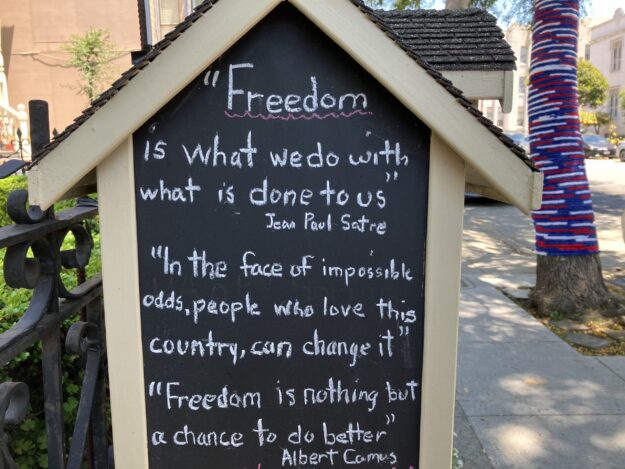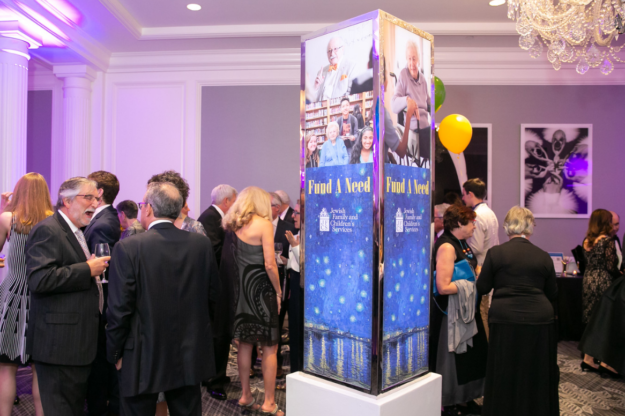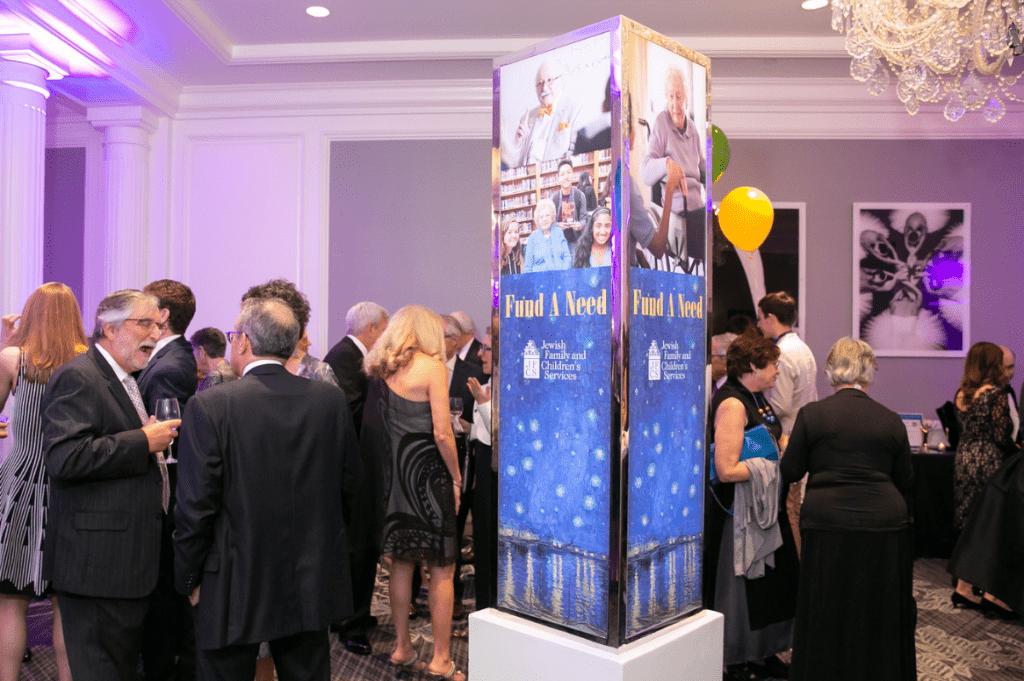 This week the groundhog told us it’s going to be an early spring!
This week the groundhog told us it’s going to be an early spring!
Spring is always a good time for re-awakening, rebirth and just plain dusting away the cobwebs. And what a dreary, grave, cobwebby period it’s been.
We’ve got a lot to clean up, reorganize and rethink. So much, in fact, it’s downright overwhelming. So, as I sat down to write today’s article, I thought about what you actually have within your power to do. Right now. And all throughout the coming months.
I know it’s been pretty hard to focus with everything going on in the world.
So I took a deep breath, closed my eyes, and tried to pull together the various challenges I’ve seen nonprofit leaders, fundraisers, and marketers grapple with in the past year. Actually, the past years. Through elections, pandemic, climate catastrophes, shootings, war, unprecedented demonstrations of cruelty and inhumanity, and more. It’s a LOT.
But, the show — your good work — must go on.
In other words, your mission must move forward. People rely on you to do the critical work of the social benefit sector.
I thought: what can people do now to set themselves up for success as we move forward into high fundraising season at the end of this coming year? It may seem early to think about this, but it’s never too soon to put your best foot forward.
I’ve ended up with four tips I hope you’ll find relevant and timely.
- Big Picture
- Your Role as Helper
- Practical Guidance
- Strategic Advice
4 Timely Nonprofit Fundraising and Communications Strategies
1. BIG PICTURE: Message Confidently During Uncertain Times
Whether it’s a marketing or fundraising communication, keep these four messaging basics in mind.


 Your nonprofit’s story is the whole ball of wax.
Your nonprofit’s story is the whole ball of wax.


 People are wired for stories
People are wired for stories
 People are unpredictable sometimes. They’re also predictable.
People are unpredictable sometimes. They’re also predictable.



 It’s back-to-school and prime fundraising season.
It’s back-to-school and prime fundraising season.
 In
In 
 You’ve got one month before fall fundraising season begins in earnest.
You’ve got one month before fall fundraising season begins in earnest.




 Once upon a time I let folks know I’d “finagled” a discount for them. After one reader told me the word “finagle” means “to obtain something by devious or dishonest means,” I sent an apologetic “Ruh Roh” email. I received a lot of forgiving (thank you!) feedback. Many kindly supported my initial use of the word “finagle.”
Once upon a time I let folks know I’d “finagled” a discount for them. After one reader told me the word “finagle” means “to obtain something by devious or dishonest means,” I sent an apologetic “Ruh Roh” email. I received a lot of forgiving (thank you!) feedback. Many kindly supported my initial use of the word “finagle.”




 Giving is an emotional experience. It deserves an emotional response.
Giving is an emotional experience. It deserves an emotional response.






 I find a widespread misunderstanding about the notion of what constitutes being donor-centered. It derives from two misconceptions:
I find a widespread misunderstanding about the notion of what constitutes being donor-centered. It derives from two misconceptions:



 Not every problem needs to be addressed immediately. Some will work themselves out.
Not every problem needs to be addressed immediately. Some will work themselves out. When organizations aren’t raising as much money as they need, they’ll often tell me: “We need to recruit new board members.” This is very often true, but it’s only a piece of the puzzle as to why they’re not being more successful with fundraising.
When organizations aren’t raising as much money as they need, they’ll often tell me: “We need to recruit new board members.” This is very often true, but it’s only a piece of the puzzle as to why they’re not being more successful with fundraising.
 In my last article I talked about
In my last article I talked about 
 This week the groundhog told us it’s going to be an early spring!
This week the groundhog told us it’s going to be an early spring!




 What if I told you there’s a teensy little digital upsell that could skyrocket your year-end fundraising results? Would that be of interest?
What if I told you there’s a teensy little digital upsell that could skyrocket your year-end fundraising results? Would that be of interest?

 Are you leading with a “gift” or “favor” to positively incline your donor to say “yes?”
Are you leading with a “gift” or “favor” to positively incline your donor to say “yes?”
 This year Giving Tuesday is November 28th. So, soon.
This year Giving Tuesday is November 28th. So, soon.




 From time to time, I host guest posts from professionals with niche expertise. There are just some things others know a lot more about than do I, especially when it comes to technology. Today’s article is one of those, from someone who really understands the ins and outs of text messaging and fundraising. Here’s what he has to say.
From time to time, I host guest posts from professionals with niche expertise. There are just some things others know a lot more about than do I, especially when it comes to technology. Today’s article is one of those, from someone who really understands the ins and outs of text messaging and fundraising. Here’s what he has to say. I’m a huge Seth Godin fan, always in awe of the plethora of wisdom he manages to pack into one pithy post. I save them up, building a collection I can draw upon for inspiration as life, personal and professional, pushes in.
I’m a huge Seth Godin fan, always in awe of the plethora of wisdom he manages to pack into one pithy post. I save them up, building a collection I can draw upon for inspiration as life, personal and professional, pushes in.


 The single most important lesson I ever learned.
The single most important lesson I ever learned.
 If you’ve never read management and marketing guru
If you’ve never read management and marketing guru 




 Have you been struggling with whether – and how – to incorporate generative artificial intelligence (AI; ChatGPT) into your work? Or perhaps you’ve been worrying your job will soon be obsolete?
Have you been struggling with whether – and how – to incorporate generative artificial intelligence (AI; ChatGPT) into your work? Or perhaps you’ve been worrying your job will soon be obsolete?
 Everyone knows storytelling = good
Everyone knows storytelling = good